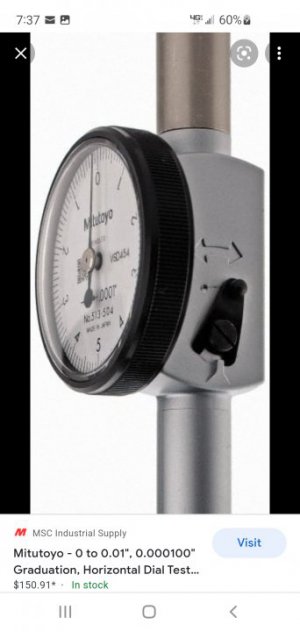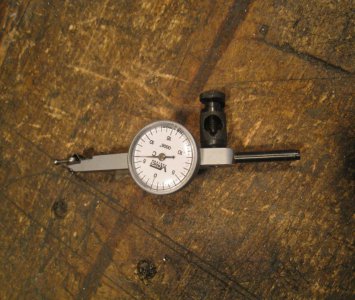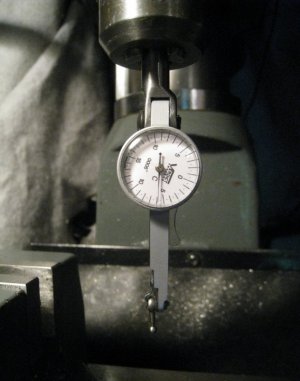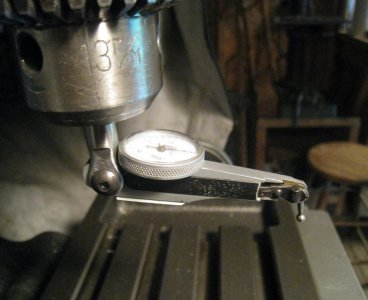- Joined
- Apr 20, 2019
- Messages
- 166
I’m looking at Dial Test Indicators and the websites for the Mitutoyo True Test indicators in the 531 series generally have this in the description “No-clutch structure for automatic reversal of measuring direction.”
What is this?
I’ve read that some dial test indicators can have their point moved past the end stops without loosening a screw (which implies a clutch?), but this wording has got me scratching my head.
What is this?
I’ve read that some dial test indicators can have their point moved past the end stops without loosening a screw (which implies a clutch?), but this wording has got me scratching my head.





